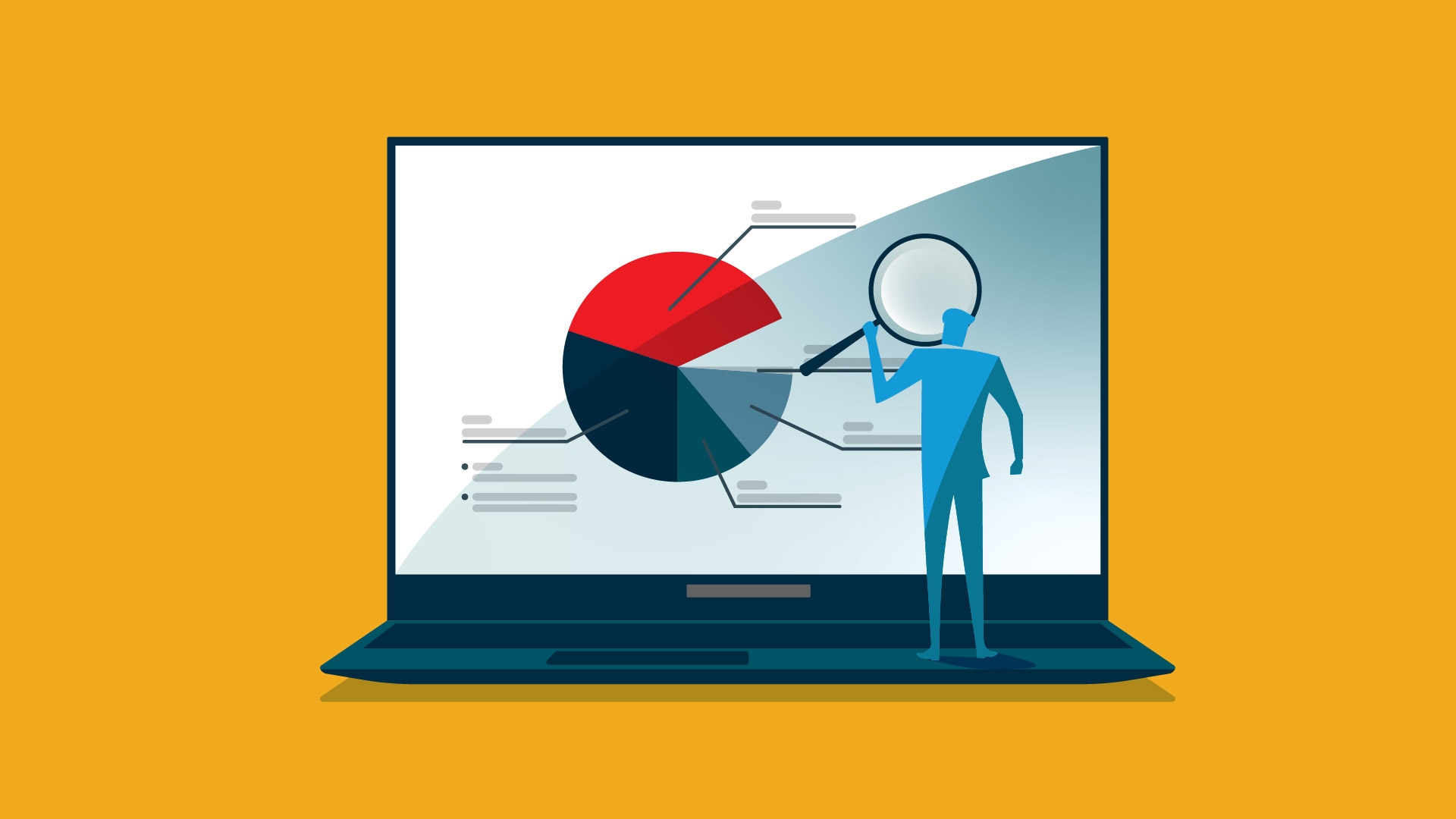Exchange Rates and the Trade Balance As discussed above, fiscal stimulus can cause interest rates to rise. As domestic rates rise relative ...
Exchange Rates and the Trade Balance As discussed above, fiscal stimulus can cause interest rates to rise. As domestic rates rise relative to foreign rates, investors tend to seek out U.S. investments because the relatively high interest rates mean relatively high returns on investment. However, as foreign capital flows into the United States, this can push rates back down as the supply of loanable funds increases, potentially offsetting the initial rise in rates caused by the stimulus. Nonetheless, increased demand for U.S. investment from foreign investors also means that the demand for the dollar would increase as foreign investors exchanged various foreign currencies for dollars that they could then invest. This increased demand for dollars increases the value of the dollar, referred to as appreciation. When the dollar appreciates it becomes more expensive relative to other currencies—it takes more foreign currency to “purchase” one dollar—and, therefore,
U.S. goods and services become more expensive relative to foreign goods and services, causing exports to decrease and imports to increase. The end result is generally an increase in the U.S. trade deficit, as exports decrease and imports from abroad increase in the United States. 9 An increasing trade deficit, all else equal, means that consumption and production of domestic goods and services are falling, partly offsetting the increase in aggregate demand caused by the stimulus. As discussed above, however, during a recession interest rates are less likely to rise, or are likely to increase to a lesser degree, due to an already depressed demand for investment and spending within the economy.10 Without rising interest rates, or if they increase to a lesser degree, the associated increase in the trade deficit is also likely to be smaller. In addition, if the Federal Reserve engages in similarly stimulative monetary policy, it may be able to mitigate some of the anticipated increase in the trade deficit by further preventing an increase in interest rates. 11 Inflation The goal of fiscal stimulus is to increase aggregate demand within the economy. However, if fiscal stimulus is applied too aggressively or is implemented when the economy is already operating near full capacity, it can result in an unsustainably large demand for goods and services that the economy is unable to supply. When the demand for goods and services is greater than the available supply, prices tend to rise, a scenario known as inflation. A rising inflation rate can introduce distortions into the economy and impose unnecessary costs on individuals and businesses, although economists generally view low and stable inflation as a sign of a well- 8 For further information regarding monetary policy, see CRS Report RL30354, Monetary Policy and the Federal Reserve: Current Policy and Conditions, by Marc Labonte. 9 Olivier Blanchard, Macroeconomics, 5th ed. (Upper Saddle River NJ: Pearson Education, 2009), pp. 450-451. 10 Auerbach and Gorodnichenko
, “Measuring the Output Responses to Fiscal Policy.” 11 For further information regarding monetary policy, see CRS Report RL30354, Monetary Policy and the Federal Reserve: Current Policy and Conditions, by Marc Labonte. Fiscal Policy: Economic Effects Congressional Research Service 4 managed economy.12 As such, rising inflation rates can hinder the effectiveness of fiscal stimulus on economic activity by imposing additional costs on individuals and interfering with the efficient allocation of resources in the economy. The Federal Reserve has some ability to limit inflation by implementing contractionary monetary policy. If the Federal Reserve observes accelerating inflation as a result of additional fiscal stimulus, it can counteract this by increasing interest rates. The rise in interest rates results in a slowing of economic activity, neutralizing the fiscal stimulus, and may help to slow inflation as well. Inflation has generally remained low despite relatively high deficit spending during the 11-year expansion between the Great Recession and the current COVID-19-induced recession. This indicates that in the near term, the size of this potential offsetting benefit could be relatively small and even prove counter to the Federal Reserve’s monetary policy strategy of targeting an average of 2% inflation over time.1

No comments